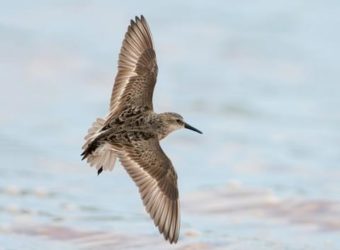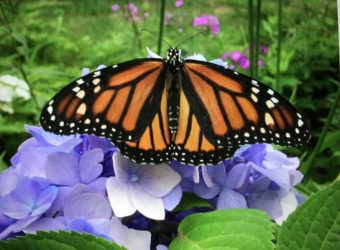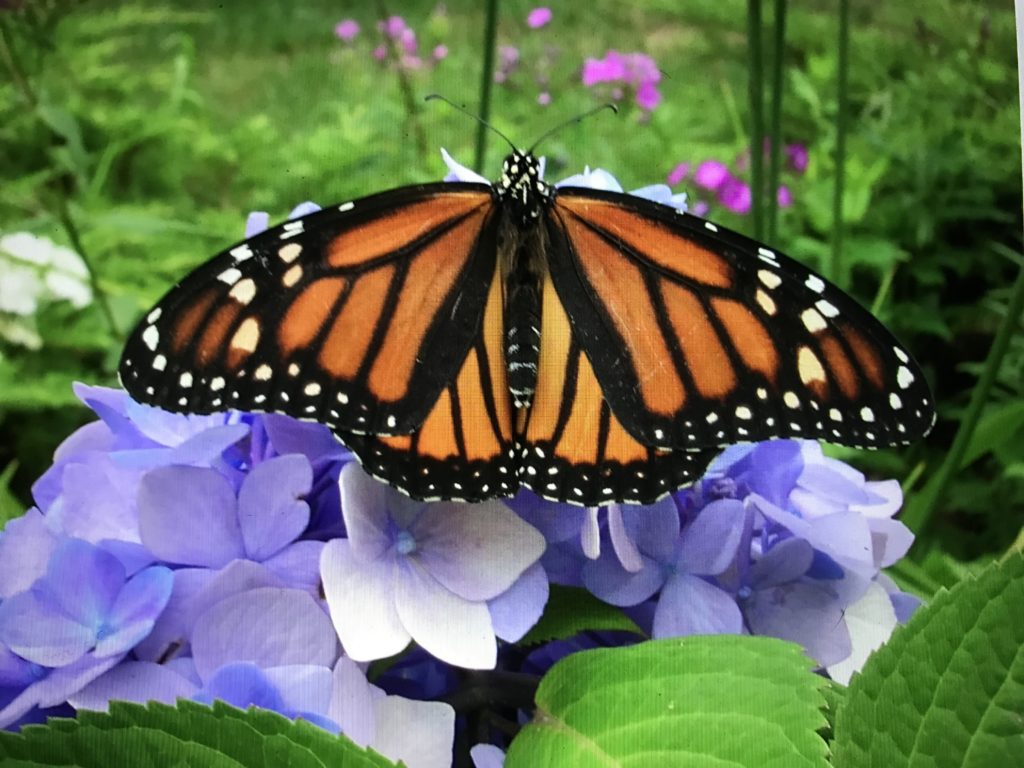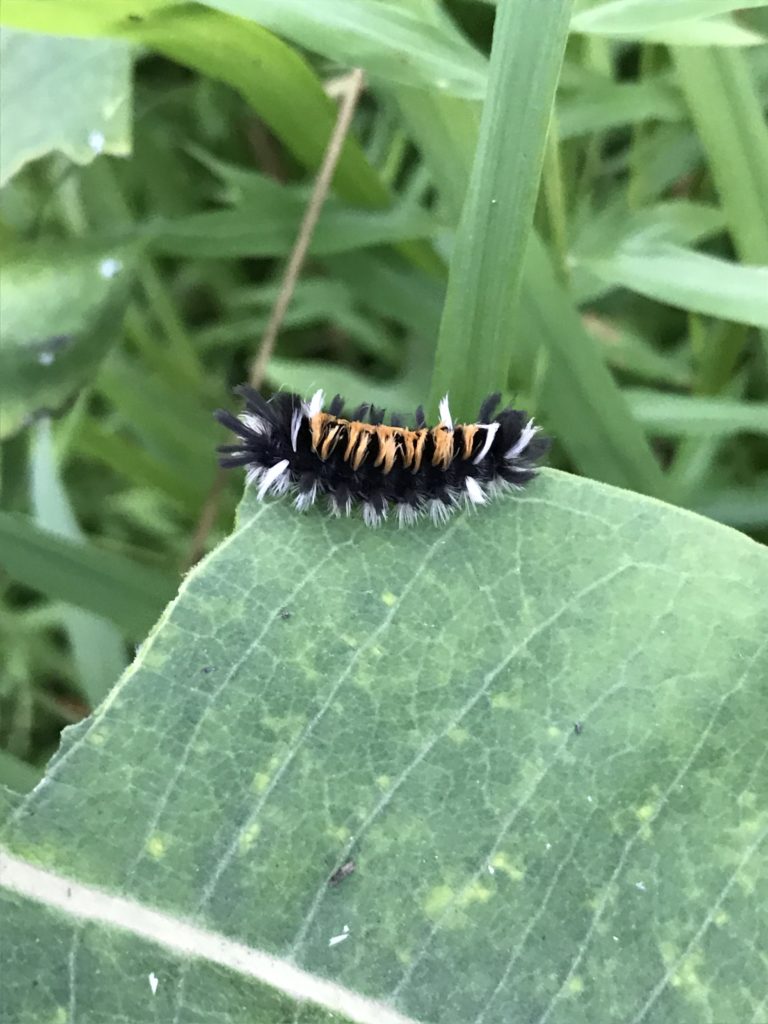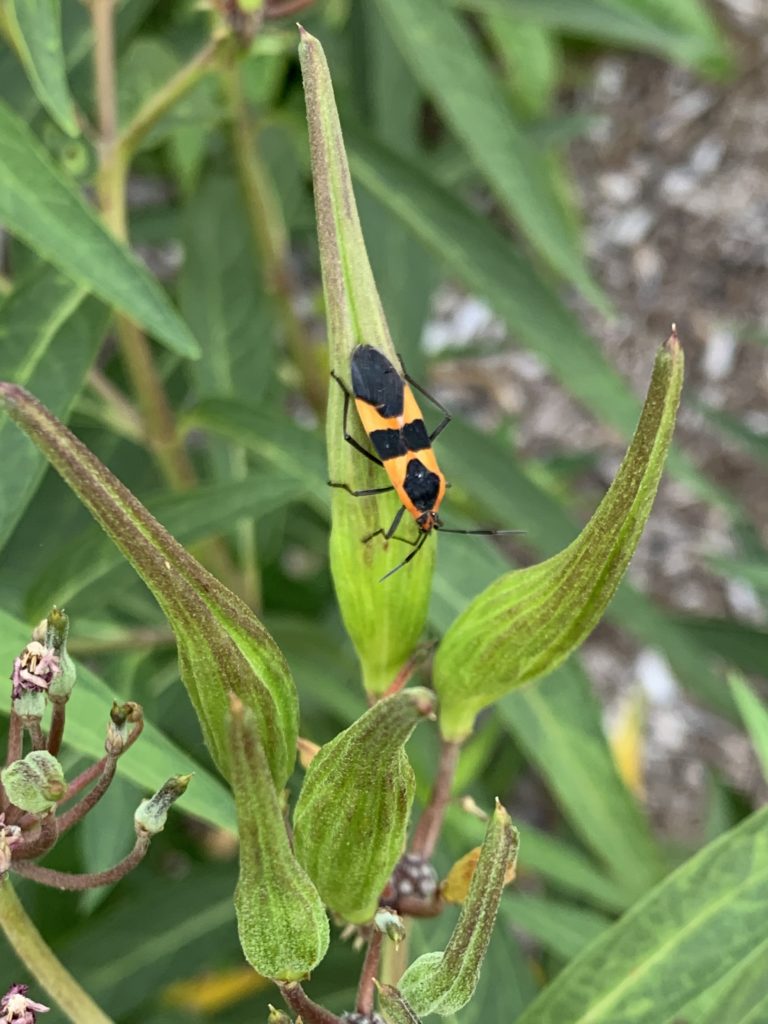The Earliest Arrivals
“Nature abhors a vacuum,” is how the famous phrase goes. Whenever I see it, though, I always think it’s missing a follow-up sentence: “And evolution is the process that allows nature fill that vacuum.”
As I research topics for this blog, I always marvel at how every imaginable ecological niche is filled with living things beautifully suited to its demands and rewards. Animals and plants that have evolved in size, shape, and behavior specifically to be able to survive, to thrive, there.
With all their diversity, birds provide endlessly vivid examples of this phenomenon. Just in our area, a few moments’ looking around might reveal a Ruby-throated Hummingbird hovering as it drinks nectar (wing beats per second: 50); a Turkey Vulture soaring effortlessly on thermals as it searches for carrion (wing beats per second: 0); an American Robin yanking up worms (that it’s heard wriggling beneath the earth) from a manicured lawn; and a Barn Swallow darting and twisting with stunning agility as it gobbles up tiny flying insects.
Four members of the same group of living things, each species so different and so perfectly adapted to the niche it fills. And since they are all so commonly seen, so familiar, it’s easy to forget how distinctive their adaptations are.
To me, though, among the most extraordinary niche-filling feat in birds is less visible: The life cycle of shorebirds, the sandpipers and plovers that move through our region each spring and fall.
Or maybe that should read spring and “fall.” Because not only is southward shorebird migration happening right now, it’s already been going on for several weeks. Along with reminding us of how imprecise our definitions of nature’s timelines can be, these little birds also tell a vivid story of adaptation and survival.
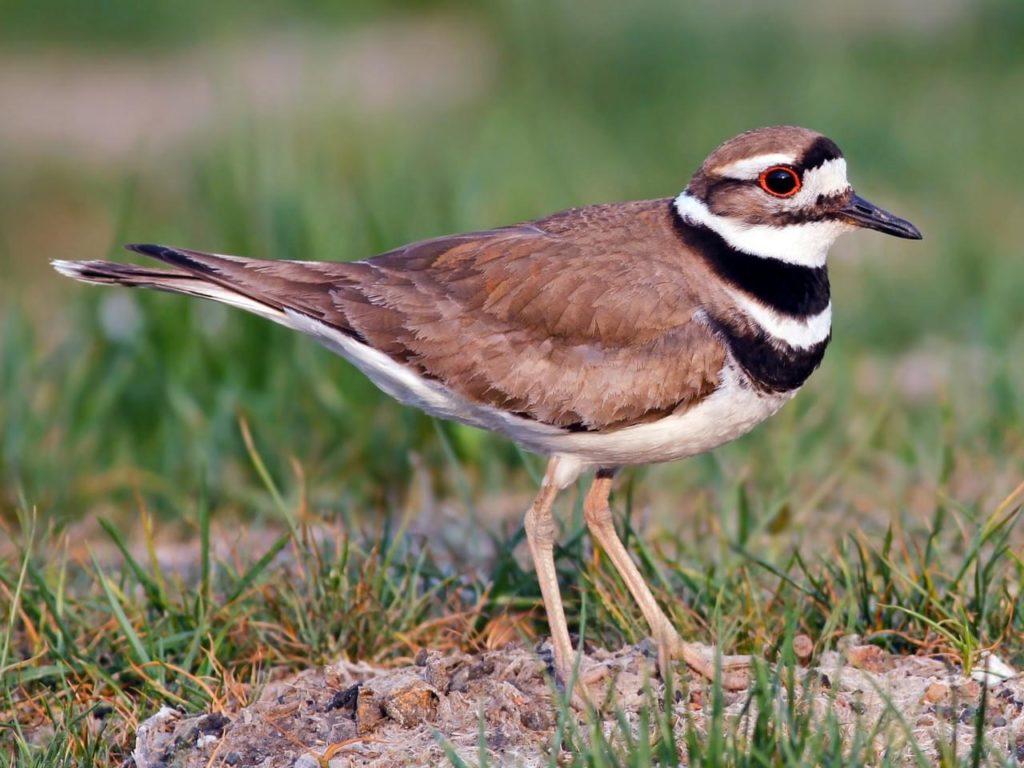
Not all shorebird species we see are passage migrants. The Killdeer (a plover), for example, nests in this area at such locations as Croton Landing and Croton Point Park. Some individuals actually spend the entire year here without migrating at all.
But the vast majority of sandpipers and plovers we’re spotting these days on local riverbanks, beaches, and mudflats are merely stopping to rest and refuel before heading on. They’re following an unusual—and unusually challenging—schedule, one demanded by the characteristics of the ecological niche they have evolved to fill.

Photo: www.allaboutbirds.org
The story of one shorebird species, the Semipalmated Sandpiper, is both dramatic and characteristic. These tiny birds—6 or so inches long and weighing less than two ounces—nest on the Arctic tundra of North America. They spend the winters, however, in South America, sometimes as far south as Tierra del Fuego. (Roughly a 9,000-mile trip each way!)
As if that isn’t demanding enough, some Semipalmateds take off from the New England coast and don’t land again till they reach South America. This nonstop hop, completed without food or rest, can cover 2,500 miles.
The challenges don’t end there. Naturally, summers on the tundra are extremely brief, as is the Semipalmated Sandpipers’ access to the food sources (insects, crustaceans, marine worms) they depend on to survive and raise their young.
Therefore, while the birds don’t arrive till May, nesting season has to be finished by early July. (If their first nest fails, they do not try again.) Unlike more temperate species, neither adults nor the newly fledged young can take weeks to build their energy before heading south. They have to start their journey almost at once.
That’s why, by early August—when some less itinerant local nesters are still raising their second broods of the season—Semipalmateds start to show up here and in migration stopovers across the U.S. (Those whose nests failed up north may start appearing even earlier.)
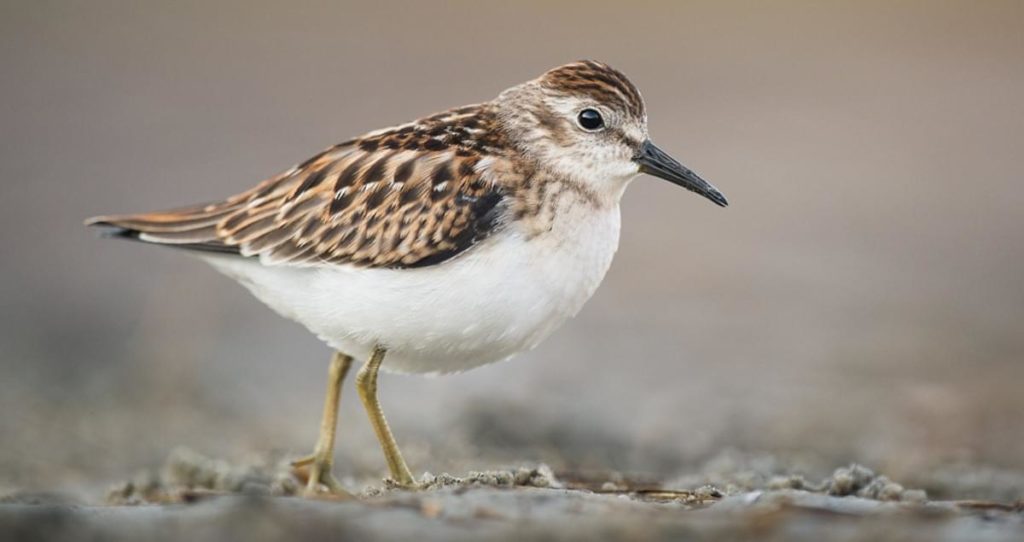
And they’re far from the only species on a tight schedule. The Least Sandpiper—the smallest shorebird in the world, less than 6 inches in length and weighing in at a single ounce—is another marathon flyer, nesting on the tundra and wintering as far south as Chile. And, while both Greater and Lesser Yellowlegs don’t have as far to travel—they nest in boreal forests and wetlands and some winter over within the U.S.—they have also started to pass through our region.
It’s always a little bit of a shock to see the first shorebirds showing up in midsummer, when the last thing I want to think about is the changing seasons. But it also reminds me that migration (and the avian evolution that underlies it) is a fascinating—and remarkably complex—spectacle, filled with surprises and moments of enlightenment. And that we get to witness it, in all its complexity, every spring and fall.
By which, of course, I really mean “fall.”
Copyright © 2020 by Joseph Wallace
